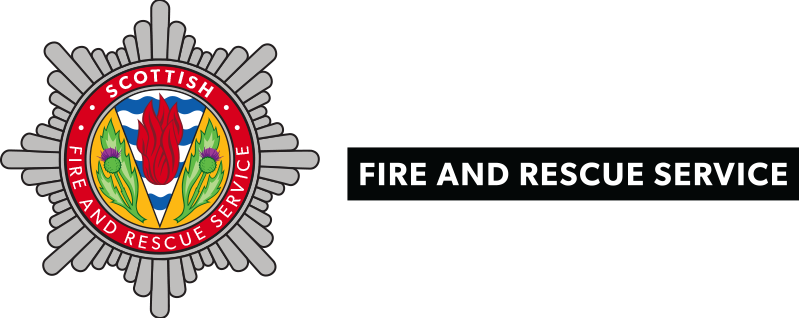Closed Consultations
-
SFRS Service Delivery Review (SDR) Consultation
The Scottish Fire and Rescue Service (SFRS) is currently undertaking a Service Delivery Review (SDR): a comprehensive assessment of how SFRS delivers on its core duty to keep Scotland’s communities safe. As part of the SDR, SFRS is examining everything we do and how we do it, to...
Closed 18 September 2025
-
Shaping Our Future Service: Your Say
The Scottish Fire and Rescue Service (SFRS) is holding a public pre-consultation exercise titled 'Shaping Our Future Service: Your Say'. This is the first stage in our engagement with communities, staff, representative bodies, partners, elected members as we consider changes to the...
Closed 30 June 2024
